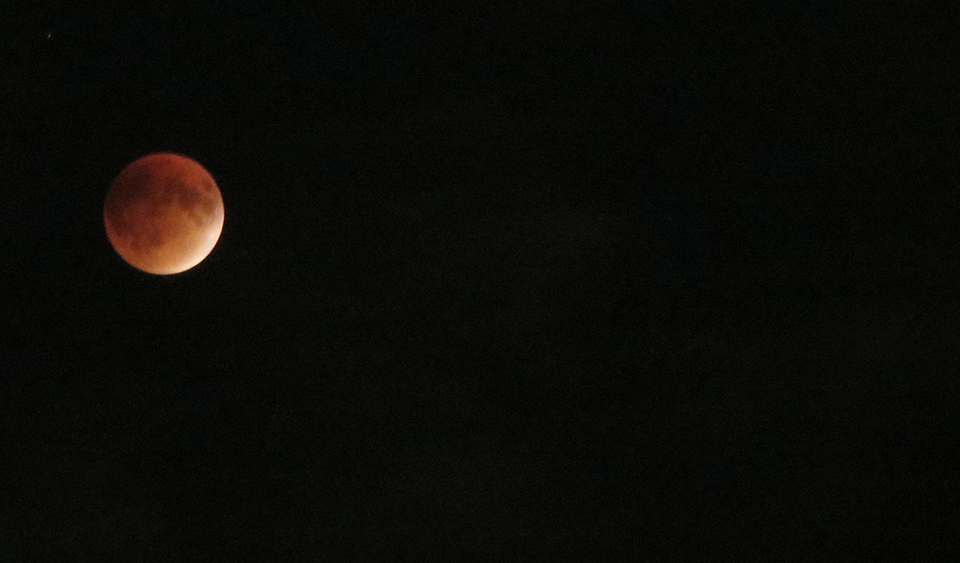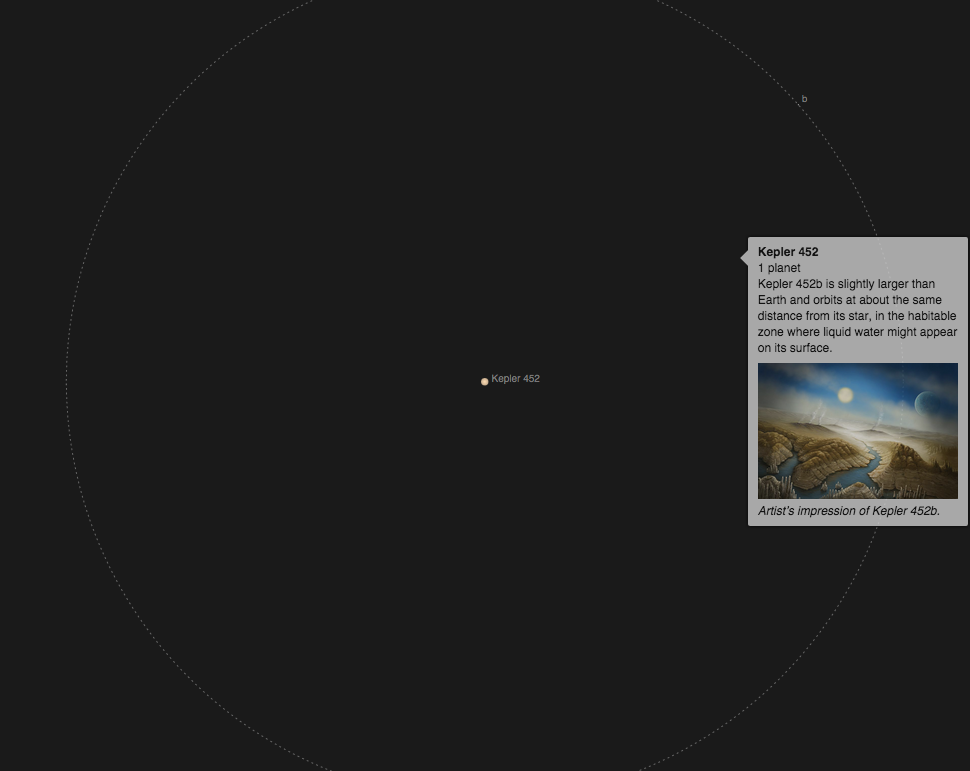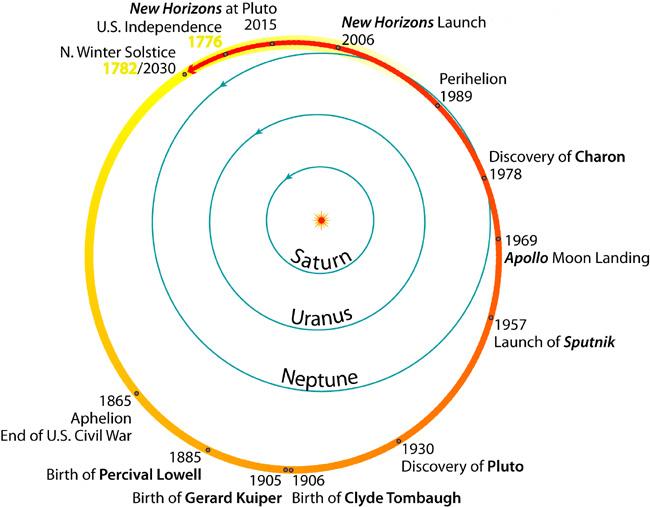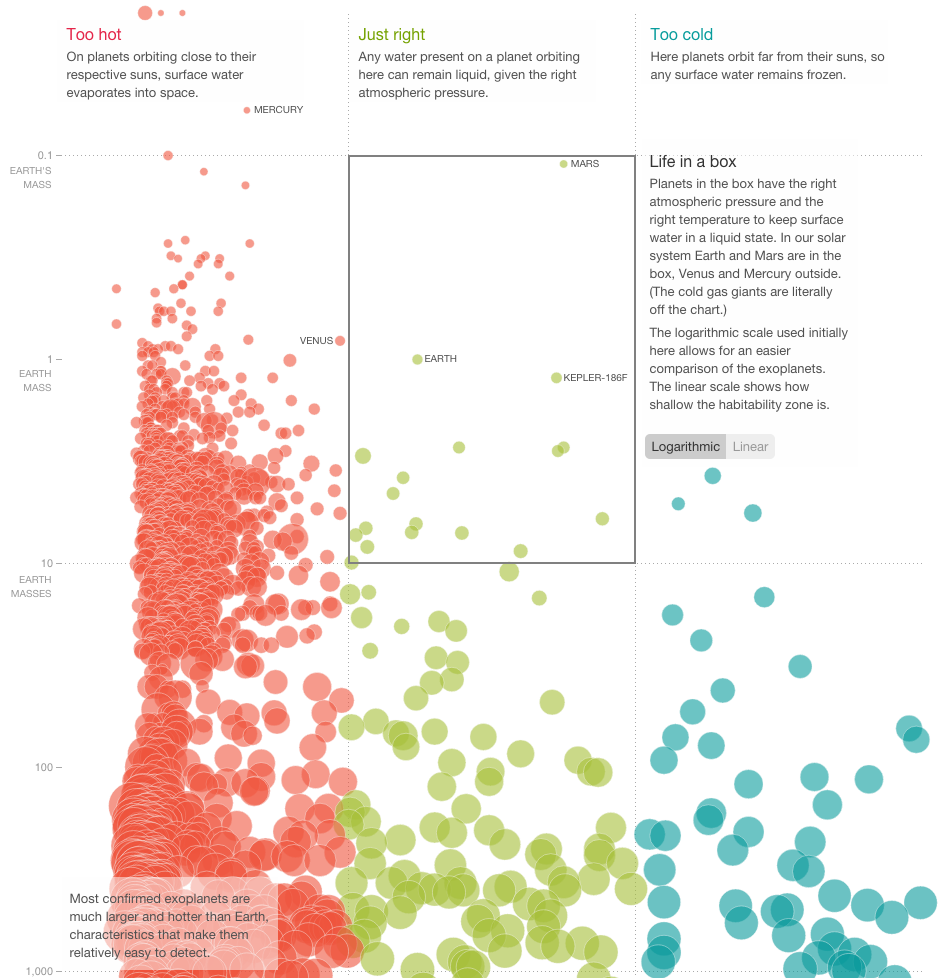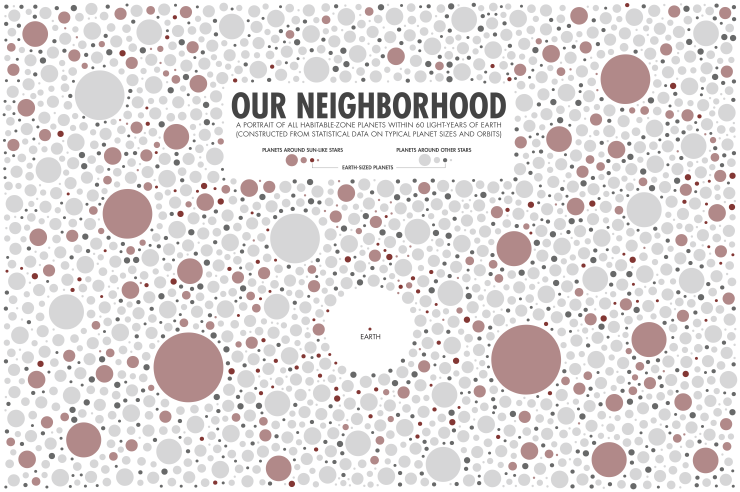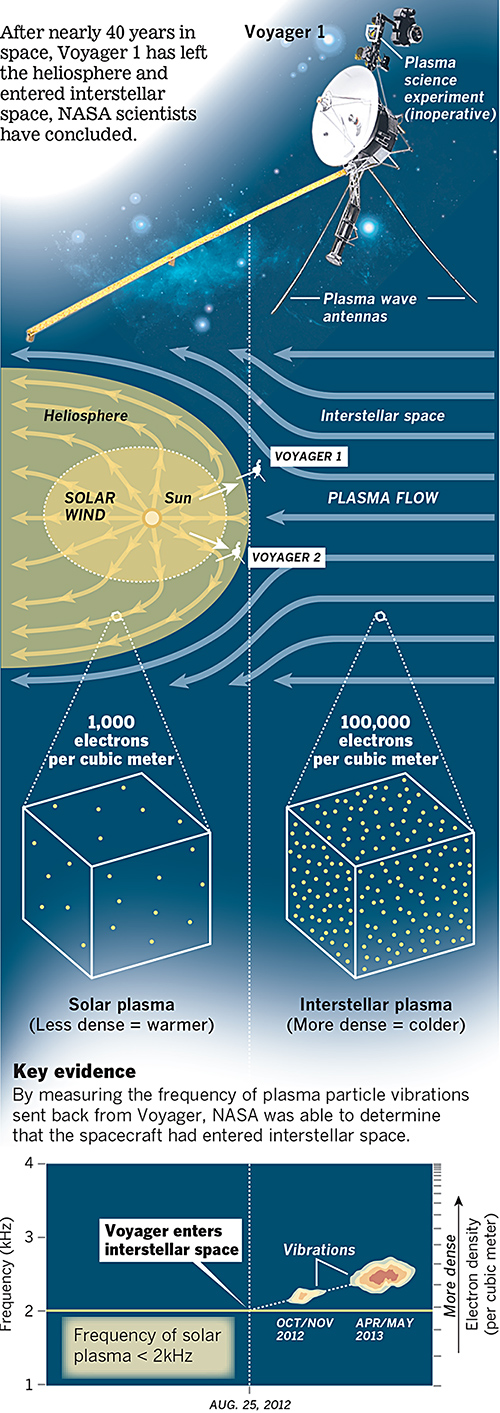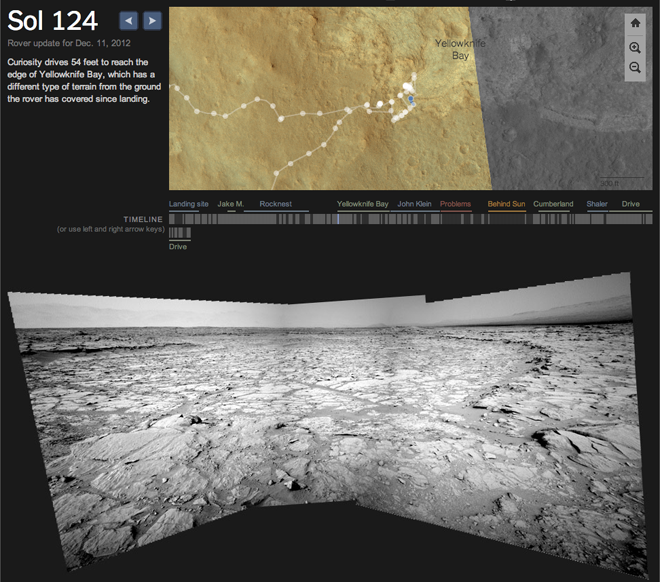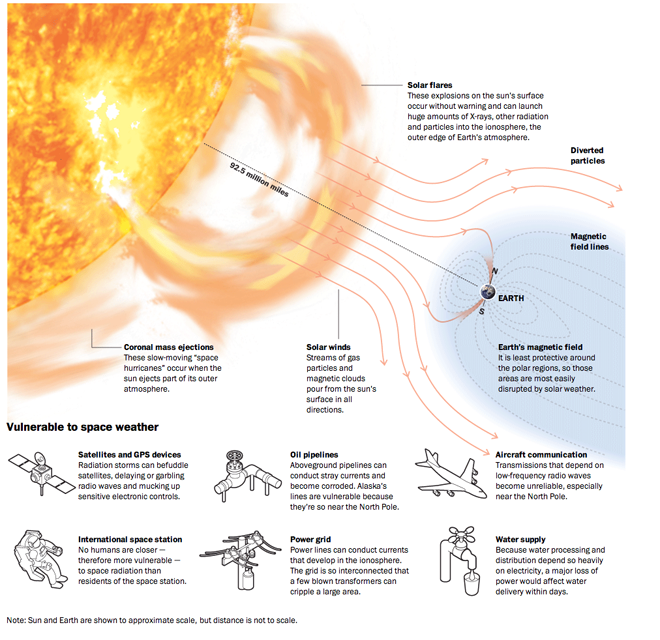Well, to start, we don’t really know for sure. We also don’t really know Planet Nine exists for sure. But, you plug its existence into mathematical models and it explains some of the quirks we see in the Kuiper Belt, the cloud of dust and ice at the outer reaches of the Solar System. A team of intrigued Swiss scientists then created a model exploring the range of characteristics Planet Nine might exhibit. The BBC published an article that featured an image of the interior characteristics of the plent.
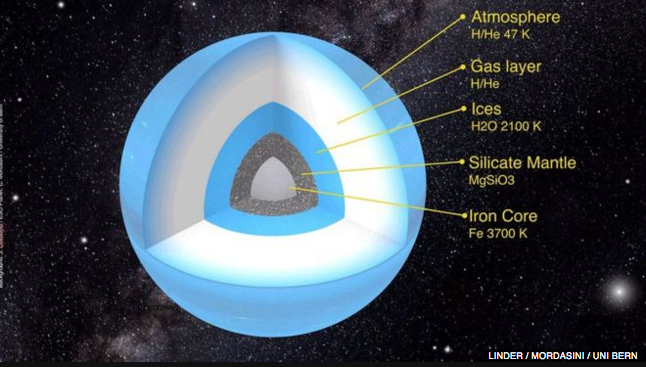
Credit for the graphic goes to Christoph Mordasini and Esther Linder.


